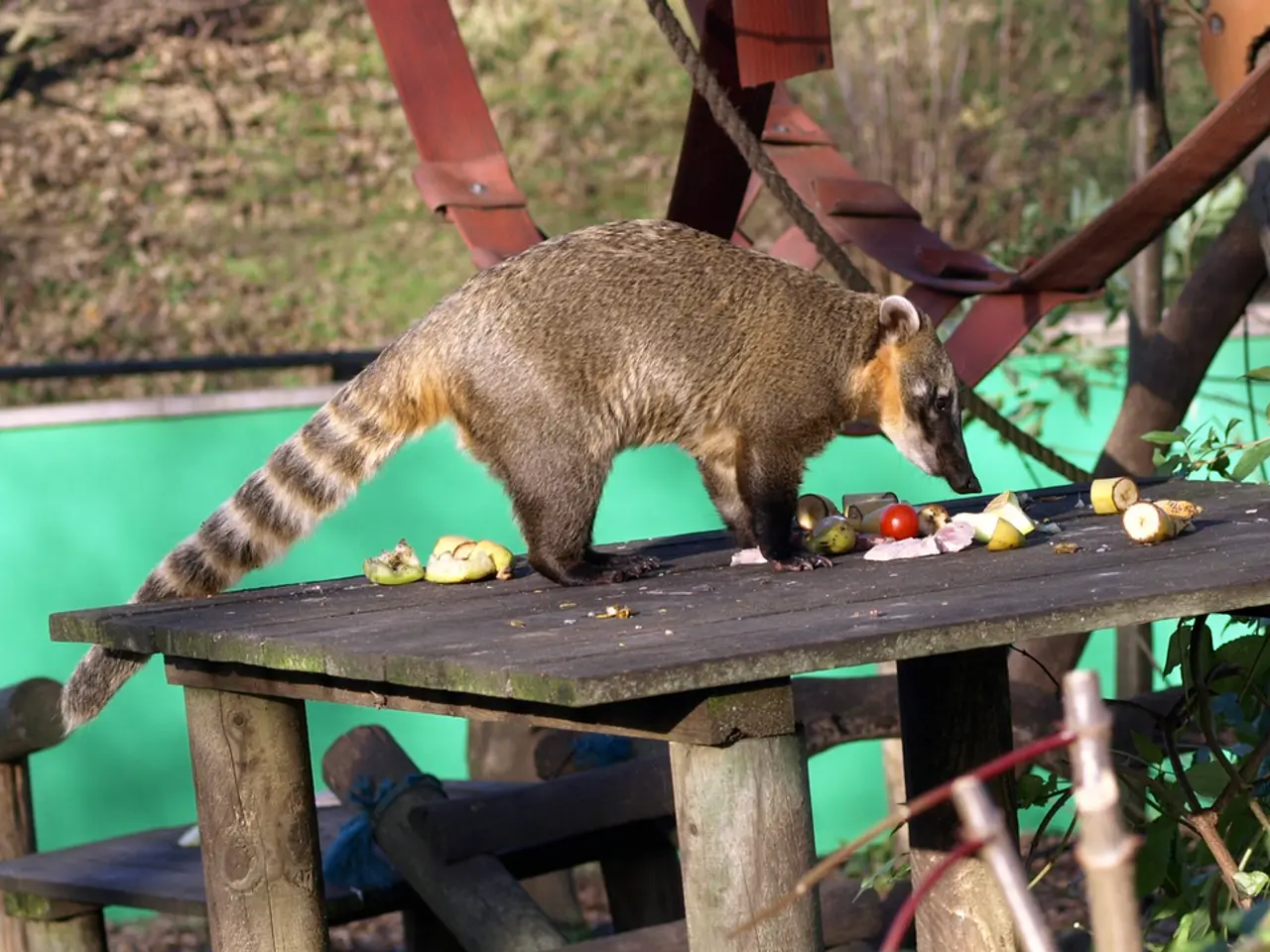Foods Rich in Iron: A Comprehensive List of 52 Options
Iron is an essential nutrient that plays a crucial role in our bodies, contributing to growth, development, and the production of many cells and hormones. It's also vital for brain development. One of the most common nutritional deficiencies worldwide is iron-deficiency anemia, associated with symptoms like fatigue, weakness, trouble maintaining body heat, pale skin, dizziness, headache, and an inflamed tongue [1].
Adults aged 19-50 need to maintain healthy iron levels by consuming 18 mg of iron per day (women) and 8 mg (men) [1][4]. Pregnant women require more, about 27 mg daily [1]. Iron comes in two forms: heme iron (from animal sources) and non-heme iron (mostly from plant sources). Heme iron is absorbed more efficiently by the body, with absorption rates up to 30% [2].
Good sources of heme iron include red meat, poultry, seafood, and eggs [2]. For vegetarians and vegans, tempeh (fermented soybeans) and tofu are additional iron-rich foods [5]. Non-heme iron sources include leafy greens such as spinach, kale, and Swiss chard, legumes like lentils, chickpeas, and black beans, nuts and seeds including pumpkin seeds, sesame seeds, cashews, and almonds, fortified foods such as breakfast cereals, breads, and plant-based milks, whole grains like quinoa, brown rice, and oatmeal, and dried fruits such as raisins, apricots, and prunes [5].
Because non-heme iron is less well absorbed, it's beneficial to consume non-heme iron with vitamin C-rich foods to boost absorption. For example, pairing spinach with strawberries or adding lemon juice to a chicken dish helps improve iron uptake [1][5]. Lentils, peas, figs, dates, raisins, prunes and prune juice, and other iron-rich seeds and nuts like sesame seeds, flax seeds, almonds, cashews, pine nuts, macadamia nuts, and hemp seeds are also excellent choices [5].
Iron-rich legumes include lentils, chickpeas, kidney beans, black beans, and soybeans. Iron-rich vegetables include broccoli, string beans, dark leafy greens like dandelion, collard, kale, and spinach, potatoes, cabbage and Brussels sprouts, and tomato paste [5]. Foods high in heme iron include beef, chicken, clams, eggs, lamb, ham, turkey, veal, pork, liver, shrimp, tuna, sardines, haddock, mackerel, oysters, scallops, and fish like mackerel and sardines [2].
Enriched white bread, enriched pasta, wheat products, bran cereals, cornmeal, oat cereals, Cream of Wheat®, rye bread, enriched rice, and whole-wheat bread are iron-rich bread and cereal products [5]. Our bodies need iron for growth, development, preventing anemia, and protecting against infection.
If you suspect you're low on iron, it's advisable to get a personalized recommendation from a doctor and consider supplementation if necessary [1]. Aim to include a source of protein with each meal to help meet daily iron needs. Remember, a balanced diet that includes a variety of iron-rich foods from both heme and non-heme sources, combined with vitamin C, can help ensure you're meeting your daily iron requirements.
[1] Cleveland Clinic. (n.d.). Iron deficiency anemia. Retrieved March 14, 2023, from https://my.clevelandclinic.org/health/diseases/17143-iron-deficiency-anemia [2] Cleveland Clinic. (n.d.). Heme iron vs. non-heme iron. Retrieved March 14, 2023, from https://my.clevelclinic.org/health/articles/14847-heme-iron-vs-non-heme-iron [4] Office of Dietary Supplements - Iron. (2020, September 24). Retrieved March 14, 2023, from https://ods.od.nih.gov/factsheets/Iron-Consumer/ [5] Cleveland Clinic. (n.d.). Iron-rich foods. Retrieved March 14, 2023, from https://my.clevelclinic.org/health/articles/14846-iron-rich-foods
- To ensure overall health and wellness, it's crucial to maintain proper iron levels, which help in growth, development, and preventing anemia, as well as protecting against infection.
- Pregnant women, due to increased iron requirements, need approximately 27 mg of iron daily, which can be sourced from food and supplements if necessary.
- Foods rich in heme iron, efficiently absorbed by the body, include red meat, poultry, seafood, and eggs, while vegetarians and vegans can turn to tempeh, tofu, and various iron-rich plant-based foods.
- Consuming non-heme iron sources together with vitamin C-rich foods can improve absorption, making foods like spinach, kale, and strawberries beneficial companions for these iron-rich options.




